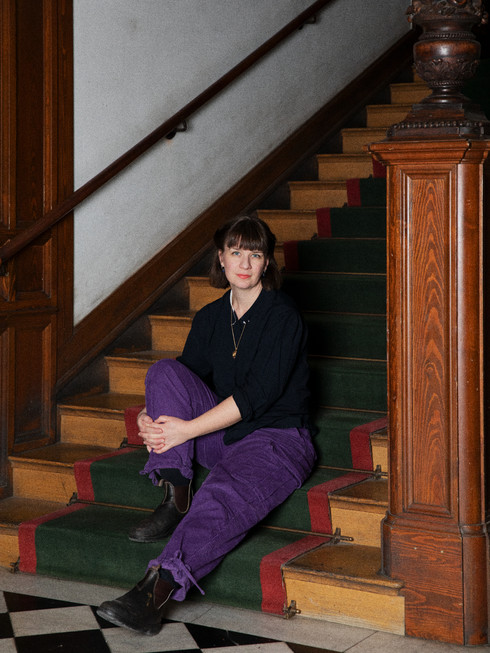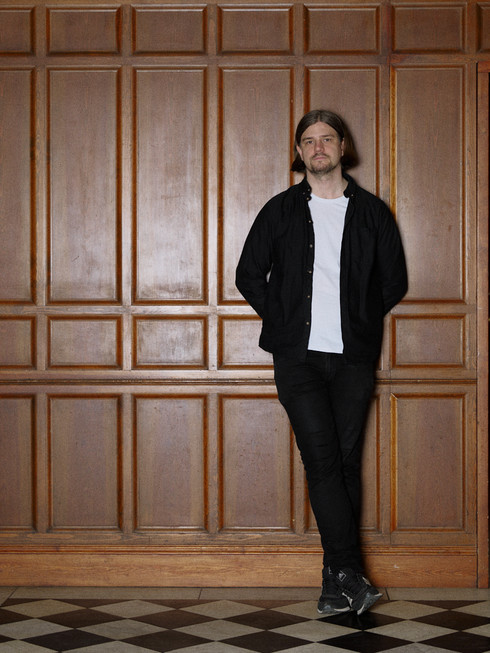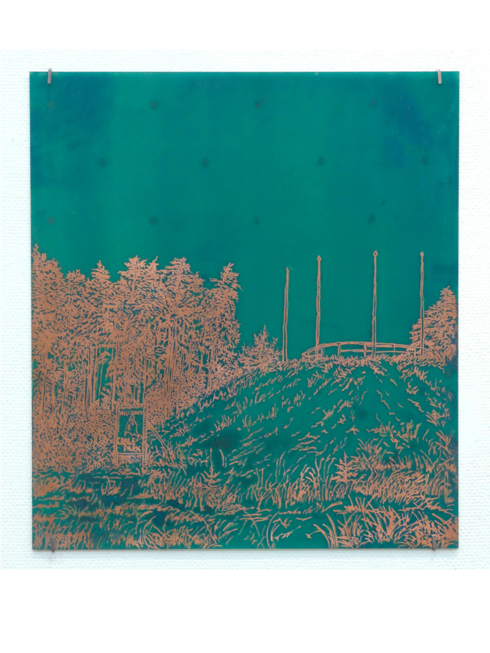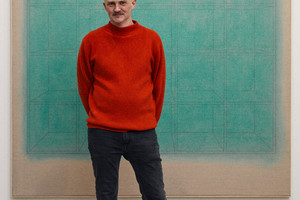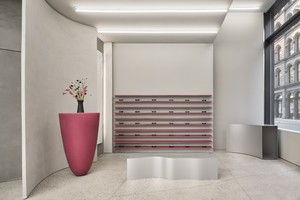Jenny Carlsson Grip: “I Dig, Claw and Plough in the Colour”
Written by Natalia MunteanCelebrated for her evocative blend of painting and graphic art, Swedish artist Jenny Carlsson Grip is one of the four recipients of the prestigious Ann-Margret Lindell scholarship, offered by Grafikens Hus. Based in a forest studio in Blekinge, Carlsson Grip’s art bridges the rawness of nature and the intricacies of human expression. Her work, often created through field observations and completed in the studio, captures the textures, moods, and contrasts of the natural world.
In our conversation, we discuss her artistic process, the significance of receiving this recognition, and her plans to further explore landscapes through hand-printed graphic art inspired by weather diaries and Nordic terrains.
NM: Nature plays a central role in your work, yet you avoid romanticising it. How do you strike a balance between abstraction and realism in conveying the rawness of the natural world?
JCG: I’m drawn to both the wild and the cultivated landscape and am intrigued by the ugly and frightening as well as the calm and beautiful sides of nature. My work is a place where energy, nature and colour meet.
NM: Your dynamic brushwork and physical engagement with paint give your work a tactile quality. How does this hands-on approach enhance the storytelling in your art?
JCG: The physical process with the material, the paint and needle strokes, are central to my work. I dig, claw and plough in the colour, walk back 20 steps just to run forth again. In the large canvases, I can let the arms stretch and the nails scrape on the surface, in the small graphic plates the drawing carries the moment, and the printing refines it.
NM: What does receiving this scholarship mean for you, both personally and professionally, and how do you see it shaping your future as an artist?
JCG: Thanks to this I can continue to work professionally as an artist in these rather uncertain times, it is of course also very meaningful to get recognition for my art so I’m very grateful for this. This will help me to continue using graphic art in my fieldwork exploring nature and colour.
NM: The stipend celebrates excellence in graphic art. What do you think makes your approach to graphic art unique, and how does it align with the values of this award?
JCG: I come to the graphic art technique as a painter and find within it a materiality and an expression that complements my oil painting. I usually work outside and have found that the graphic copper and plastic plates also work very well in bringing them out into the landscape. I make the drawing with the needle outside and let the colours come in the printing studio, which leaves space both for the motif and for the act of painting, I like that process.

